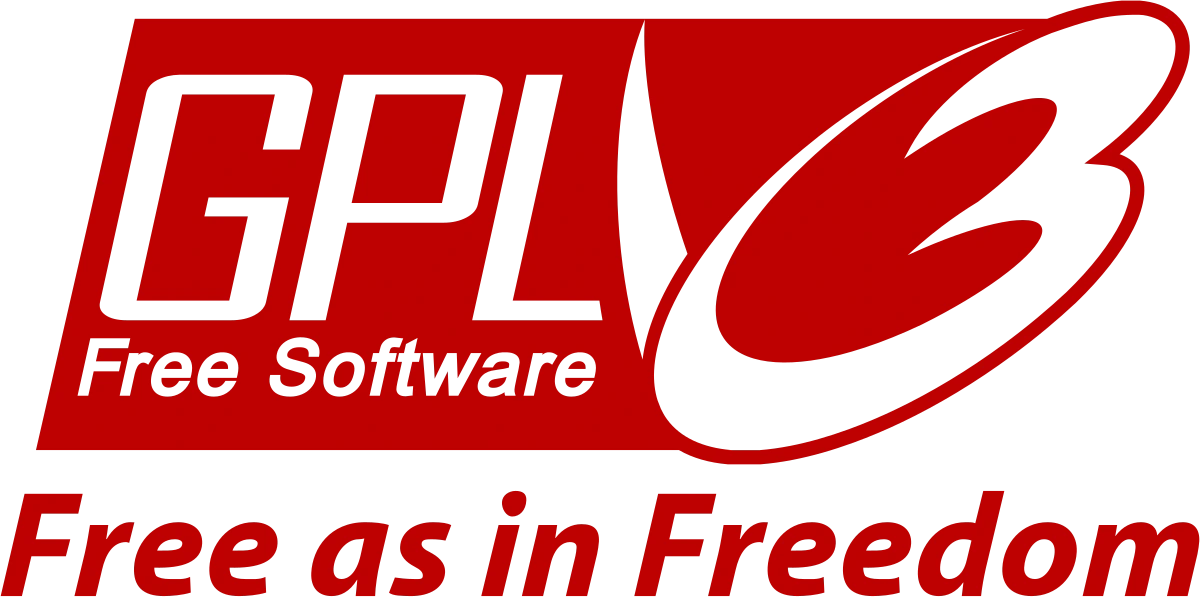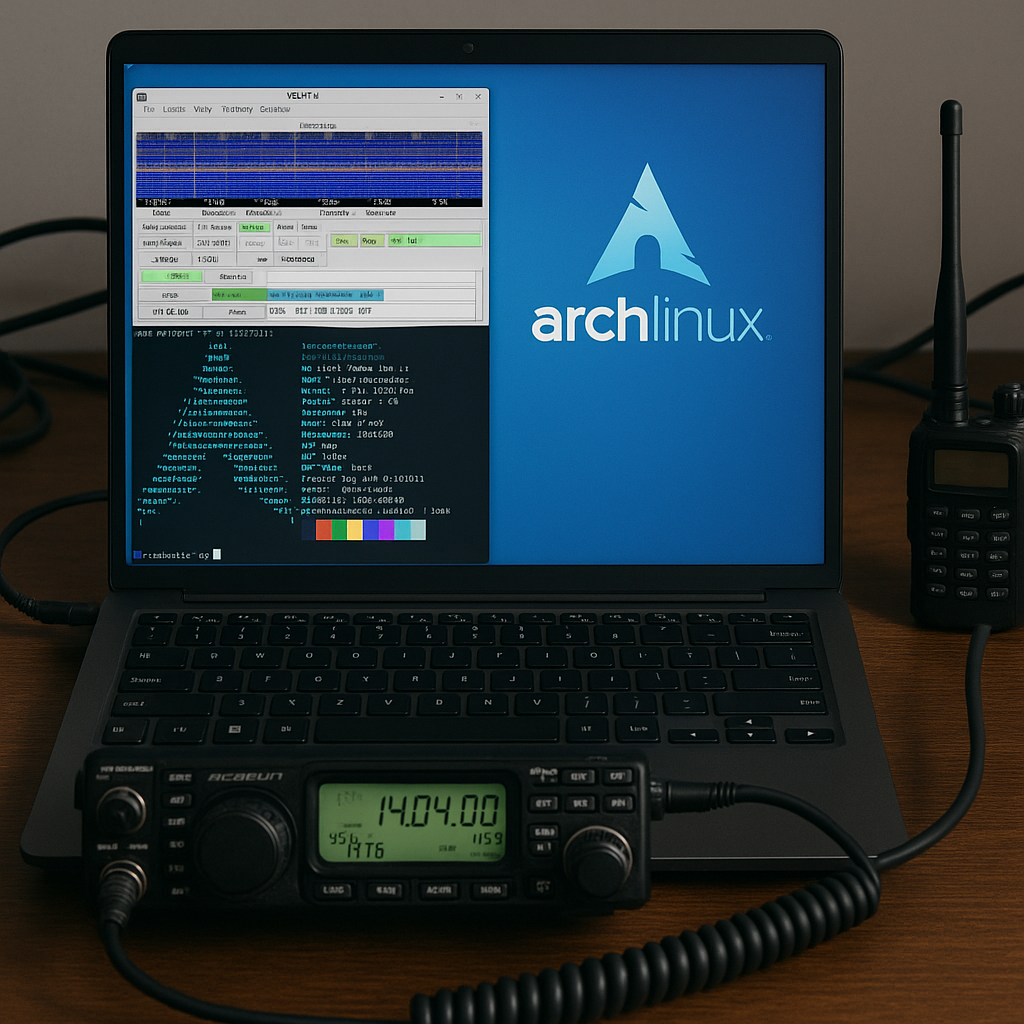free open source software
free software foundation
GNU public license
GPL
DIYtech, esp32, firmwarehacking, freedomware, gplv3, hamradio, innovationtech, LongRangeCommunication, loramesh, lowpowernetwork, meshnetwork, meshnodes, meshtastic, openhardware, opensource, opensourcehardware, radiofreedom, rfengineering, TechForGood, ttgo
9M2PJU
0 Comments
Understanding the GPLv3 License
When you dive into the world of open-source software, you’ll eventually come across different licenses—each one spelling out what you can and can’t do with someone else’s code. One of the most well-known and widely used is the GNU General Public License version 3, or simply GPLv3.
But legal documents are hard to read. So let’s break it down in plain language.
🧠 What Is GPLv3, Really?
At its heart, GPLv3 is a license that protects freedom—your freedom to use, modify, share, and improve software.
It was created by the Free Software Foundation (FSF), an organization that believes software should serve its users, not the other way around.
So GPLv3 isn’t about restricting you—it’s about making sure that everyone has equal rights to software.
🔓 What Can You Do with GPLv3 Software?
You’re allowed to do a lot, including:
- Use it however you want
- Personal, commercial, educational… anything goes.
- Modify it
- You can change the code to suit your needs.
- Distribute it
- You can share the software with others, either in its original form or after you’ve made changes.
- Charge money for it
- Yup. You can sell GPLv3 software if you want—but you have to follow the rules (more below).
⚖️ But There Are Some Rules…
GPLv3 is often called a “copyleft” license, meaning that it flips traditional copyright on its head. Instead of restricting copying, it requires sharing, with the same freedoms.
If you modify and distribute GPLv3 software (especially to the public), you must:
- Also, share the source code
- If you give someone a binary (compiled version), you must also give them the source code, or offer it.
- Keep the license intact
- Your users must get the same rights you got. You can’t restrict them from modifying or sharing.
- State your changes
- Be clear about what you changed and who did it.
- Do not lock the software down
- No DRM tricks. You can’t stop users from modifying the software you distribute.
🔐 What About “Tivoization”?
Back in the day, companies like TiVo started using GPL software in their products, but added hardware restrictions that blocked users from running modified versions. That didn’t sit well with the FSF.
So GPLv3 fixed that loophole. If you distribute GPLv3 software in a product, you must give users everything they need to actually use modified versions—including keys or documentation to bypass any restrictions.
🏢 Can I Use GPLv3 in My Business?
Yes—but be careful.
- If you only use GPLv3 software internally (e.g., running it on your servers), you’re fine.
- But if you distribute it (e.g., ship devices, sell software), you must comply with all the sharing requirements.
- If you mix GPLv3 code with proprietary code, things get tricky. You may be forced to open-source your code if it’s tightly integrated.
So, GPLv3 is great for collaboration, but it’s not ideal if your business model depends on keeping your source code private.
💬 Why Do People Choose GPLv3?
People and projects choose GPLv3 because they want to:
- Promote freedom and community-driven development
- Prevent their code from being locked down or taken private
- Ensure that everyone who benefits from their work can also contribute back
Think of it like a software version of “take a penny, leave a penny.”
❓Quick FAQ
Q: Can I make money with GPLv3 software?
Yes! You can sell it, offer services, or build products with it—just follow the rules.
Q: Do I have to share my code if I just use GPLv3 software privately?
No. The license only kicks in if you distribute the software or a modified version.
Q: Can I use GPLv3 code in my app and keep my code closed-source?
Usually no. If the GPL code and your code are deeply connected, your code must also be GPL.
🔓 What GPLv3 Means
If you’re using, modifying, or even building something, GPLv3 grants you:
✅ The freedom to use the software however you want
✅ The right to modify the code
✅ The ability to distribute original or modified versions
✅ The option to sell
But it also requires you to:
⚠️ Share the source code of any modified version you distribute
⚠️ Keep the software under the same license (GPLv3)
⚠️ Allow users to modify the software themselves (no locking down with DRM or proprietary hardware)
🚀 Final Thoughts
The GPLv3 is not about control—it’s about freedom. It’s designed to ensure that no one can take a shared resource and turn it into a walled garden. It encourages innovation, collaboration, and fairness. If you’re okay with giving back to the community and playing by open rules, GPLv3 is a powerful tool for building great software together.
Using software licensed under GPLv3 gives you the freedom to study, modify, and distribute it, but it doesn’t give you ownership over the original work. While you’re free to add your features or improvements and even copyright those specific changes, the entire combined project must still follow the rules of the GPLv3 license. That means you cannot lock it down, claim it as entirely your own, or prevent others from using it under the same terms. GPLv3 is about sharing knowledge, not claiming exclusive rights over a community-driven effort.







Post Comment